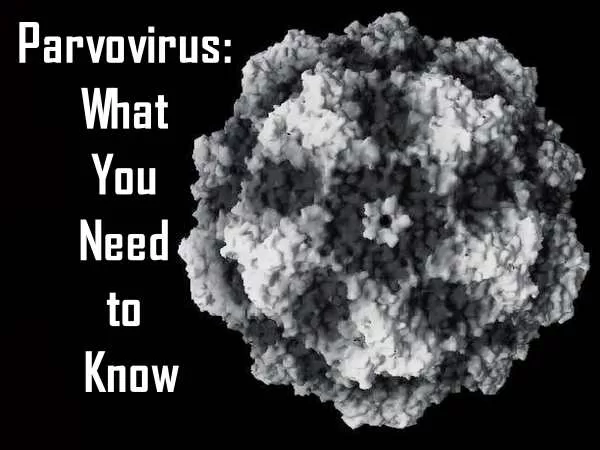In a recent surge of parvovirus B19 cases, a Springfield, Illinois, teacher, discovered just how serious this seemingly mild virus can become during pregnancy. Parks, 27, began experiencing flu-like symptoms in late April, which were followed by joint pain and a rash. Despite testing negative for Covid and strep, her condition worsened, prompting her to seek medical advice.
The turning point came when the school nurse suggested that Parks might have parvovirus B19, a virus known for causing “slapped cheek syndrome” in children. By early May, blood tests confirmed the presence of parvovirus B19, and Parks was referred to a maternal fetal medicine specialist. Unfortunately, the virus had crossed the placenta, leading to fetal anemia—a critical condition requiring immediate intervention.
The Surge in Parvovirus Cases
Parvovirus B19, often known as Fifth disease, has been on the rise in the U.S., particularly affecting children ages 5 to 9. The European Centre for Disease Prevention and Control has reported unusually high rates of the virus circulating in Europe since March. The Centers for Disease Control and Prevention (CDC) recently issued a warning to doctors, emphasizing the importance of monitoring for signs of this highly contagious seasonal virus.
an OB-GYN at Washington University Hospital in St. Louis, noted an increase in severe cases among her patients. “Abby is not alone in needing a blood transfusion for her fetus due to parvovirus. This is something I used to see rarely but have encountered several times recently,” Bligard explained.
What Parvovirus Means for Pregnant Women
Parvovirus B19 can cross the placenta, infecting the fetus and leading to severe complications such as anemia. This condition hampers the fetus’s ability to produce red blood cells, crucial for oxygen transport. Without sufficient red blood cells, the fetus faces risks including heart failure and, in severe cases, death.
Parks experienced this firsthand. “The earlier transfusion was lifesaving for the fetus,” she said from her hospital bed. “Without it, the anemia could have been fatal.”
Symptoms and Risks
While Fifth disease primarily affects children, adults, especially pregnant women and those with sickle cell disease, are at risk for more severe symptoms. Infections in adults can cause joint pain, anemia, and additional complications. a pediatrician in Dallas, highlighted a recent increase in cases. “Typically, we see one case a month, but now it’s one to two per week,” he said.
Identifying Fifth Disease
Children with Fifth disease usually present with a distinctive rash: red cheeks followed by a lacy rash on the body. The rash appears towards the end of the infection and can last from several days to a few weeks. Once the rash is visible, the infected person is no longer contagious. Despite the rash’s prominence in heat and sunlight, it does not worsen the infection.
Advice for Pregnant Women
Pregnant women who experience symptoms like joint pain or suspect exposure to Fifth disease should consult their healthcare providers immediately. reassures that while the rise in cases is notable, it’s not a cause for widespread panic. “Most pregnant women have had the virus as children and are immune. However, those who haven’t should notify their doctors,” he advised.
The History of Fifth Disease
The term “Fifth disease” dates back to the early 1900s when doctors categorized common childhood rashes into a numbered list. Fifth disease, or parvovirus B19, was identified as one of these major rashes, alongside measles, scarlet fever, rubella, and roseola. Although the original numbering system is now obsolete, Fifth disease remains a significant concern due to its potential complications.
Current Situation and Precautions
As Parks, now 30 weeks pregnant, continues to receive careful monitoring, she urges other pregnant women to be aware of parvovirus and seek testing if exposed. Her experience underscores the need for vigilance and proactive management of potential infections.
“It has been truly the most difficult experience to go through,” Parks reflected. “He wasn’t guaranteed to come through the fetal anemia.”
Conclusion
The recent spike in parvovirus B19 cases serves as a reminder of the virus’s potential impact on pregnant women and their unborn children. Awareness and early intervention can make a critical difference, especially for those who may be at higher risk.
Source: NBC

